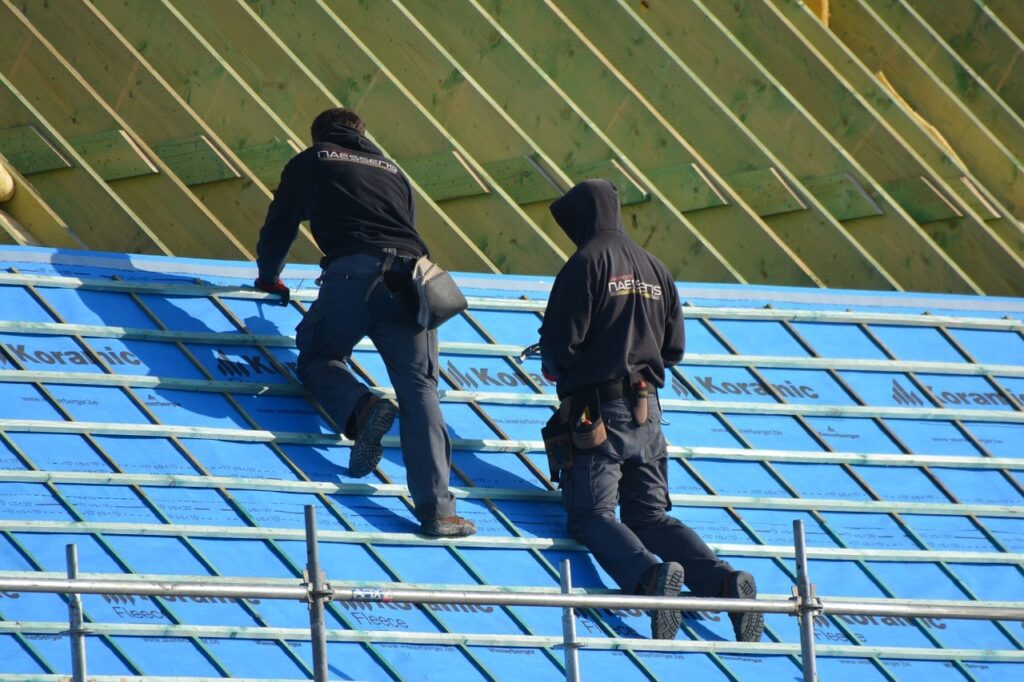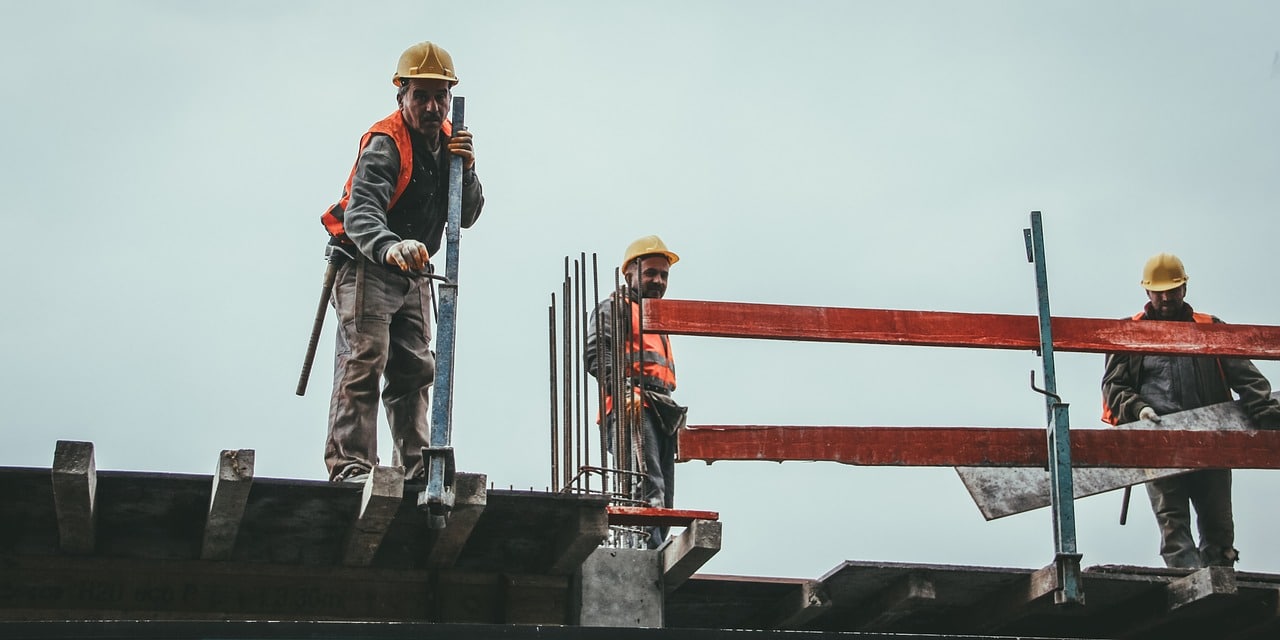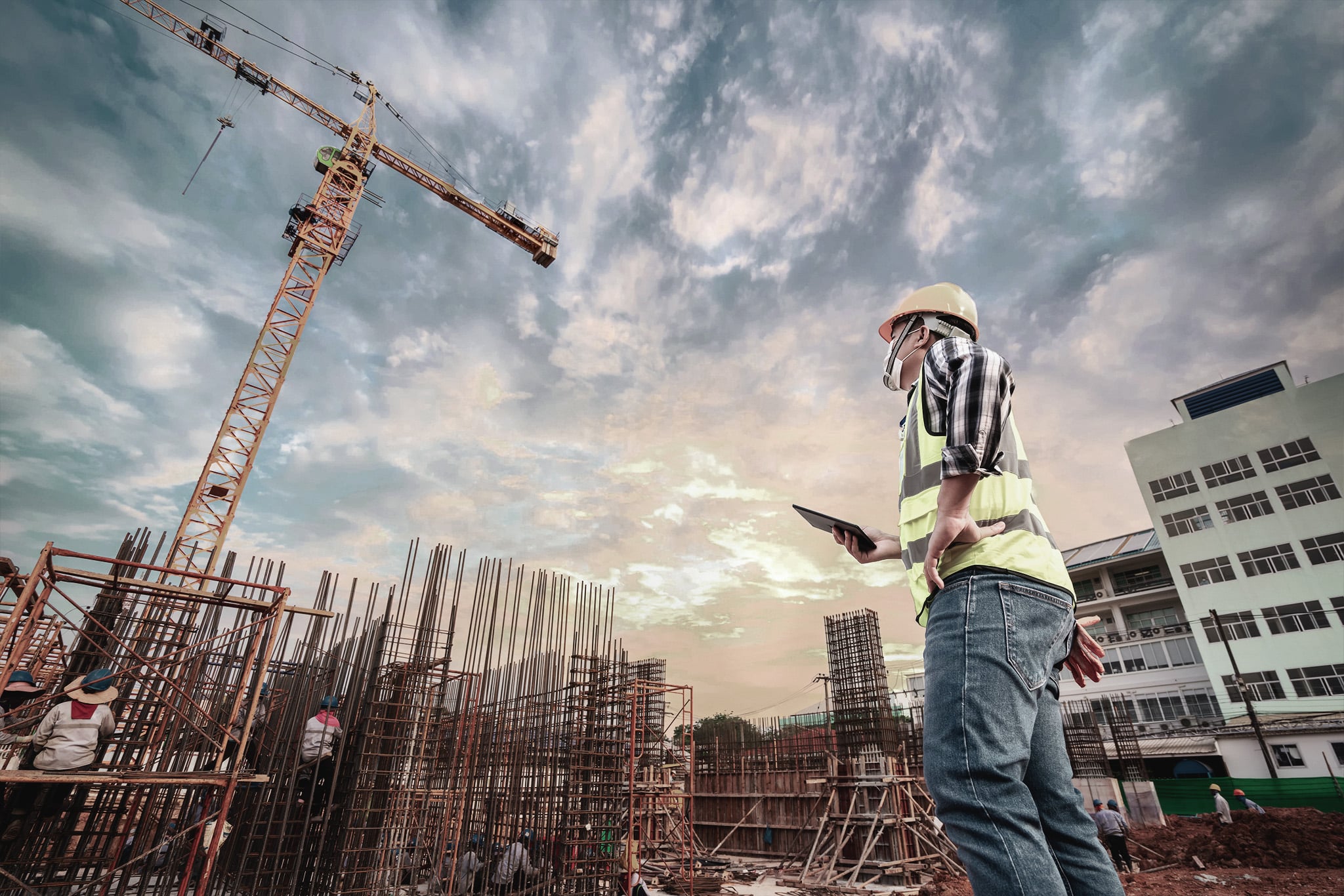Roofs are high off the ground, which means that they are dangerous just from the height factor alone. Once you add in the elements and other hazards, you and your employees are faced with more problems than you ever thought possible. Thankfully, there are a few things that you can all do to stay safe when you spend a good portion of your days up on roofs.
First though, you must be aware of the many different hazards that you can find yourself facing when up on a roof.
9 Roofing Hazards You Must Be Aware Of
1. Skylights
Everyone thinks that skylights are safe, because they are made of glass that can withstand the elements. However, if too much weight is placed on a skylight, it can easily break and give way, causing a person to fall.
2. Ladders
Ladders are the easiest way for everyone to reach a roof, but they are not guaranteed to be the safest. If you forget to secure your ladder, it can slide and move as you are going up and down it. Plus, your ladder could start to fall once you reach the roof and if you grab for it and miss, you could end up falling as well.
3. Extreme Heat
Roofing materials absorb the heat from the sun, which makes it even hotter on those warm days. Everyone must be prepared to take breaks and drink lots of water, to avoid becoming overheated and dehydrated while up on any roof.
4. Exterior Egress
Some buildings have nice egresses that allow people to reach the roof without a ladder, which may seem like a fairly safe option. However, those items can still break down and you can easily find yourself in a situation that is not as safe as you would like it to be.
5. Loose Debris
It is so easy to trip when you are up on a roof, especially when there is loose debris everywhere. Most loose debris will be comprised of leaves and tree branches, but you may also encounter tools and construction materials when you are up there. While any debris is bad, it will be worse when the wind is blowing strong, because everything that is up there will be flying around and you will have the chance of more debris ending up where you least expect it.
6. Slippery Areas
Above, we mentioned extreme heat, but now it is time to discuss slippery conditions. Whether you are dealing with just rain, or there is ice and snow up on the roof, you can fall without a moment’s notice.
7. Electrical Sites
When you are up on the roof, you will also find yourself in close proximity to power lines, solar panels, HVAC equipment lines, and conduit. While these items are not really dangerous, as long as you leave them alone, they can become problematic if you get too close or they become damaged.
8. Exposure from Chemicals
Older roofs have a chance of being covered with asbestos or other toxins, which is why you must be careful of what you are touching or breathing in. If you happen to notice any type of feces, lead, or another toxin on the roof, you must take the proper precautions before continuing with your work.
9. Injuries from Repetitive Movements
When people work up on a roof, they are doing the same thing over and over again. Usually, it is laying shingles and nailing them in, but there are other tasks that are repetitive as well. You must use caution when performing these activities, and take regular breaks, so that you do not become injured after some time.
All the hazards mentioned above cannot always be avoided, but there are things that you can do to keep everyone safe when they are up on a roof working.
4 Things to Practice for Roof Safety
1. Never Be Up on a Roof Alone
The best thing that you can do when you are up on a roof is make sure that you are never up there alone! At least two people should be up on a roof at a time, so one can go for help if something happens to the other person.
If you do go up there alone, you are taking a chance that no one will find you if you become injured in any way. Plus, when you have a buddy, they may see something that you do not, and that can save both of you from injury or even death.
2. Always Take a Communication Device
When you are up on the roof, or when your employees go up on the roof, you must always take a way to communicate with you. Whether it is a walkie-talkie, smartphone, or another device, you must have some way to call for help if you need it. You might also want to instill safety checks that can be done every fifteen minutes or so, which will ensure that the rest of the workers know that the people up on the roof are safe.
3. Perform Routine Inspections
There are so many things that can go wrong with a roof, which is why it is important to perform regular inspections. These inspections can show if soft spots are forming or other major damage is slowly forming. It is better to know about soft spots and other damage as soon as possible, because it will prevent anyone from falling through the roof when it gets too bad. And if you do not do regular inspections, you will not know that there is a soft spot up on the roof and someone may step on it before realizing what is about to happen.
4. Have a Plan for Rescues
Whenever anyone is up on a roof, you must have a rescue plan in place in case something bad happens. If someone collapses up on that roof, you want to make sure you know how medical personnel is going to get up there to help that person, as well as know how they will get that person down for further treatment.
Staying safe while up on a roof is never easy, but once you know the hazards and have plans in place to stay safe, you will be able to work up there with no problem at all. No one should ever get too comfortable up on a roof though, because even with all the precautions you can take, accidents can happen without any notice at all. Therefore, we recommend following safety practices when up on a roof and continue to look for ways to keep making your time on roofs safer than ever before.




